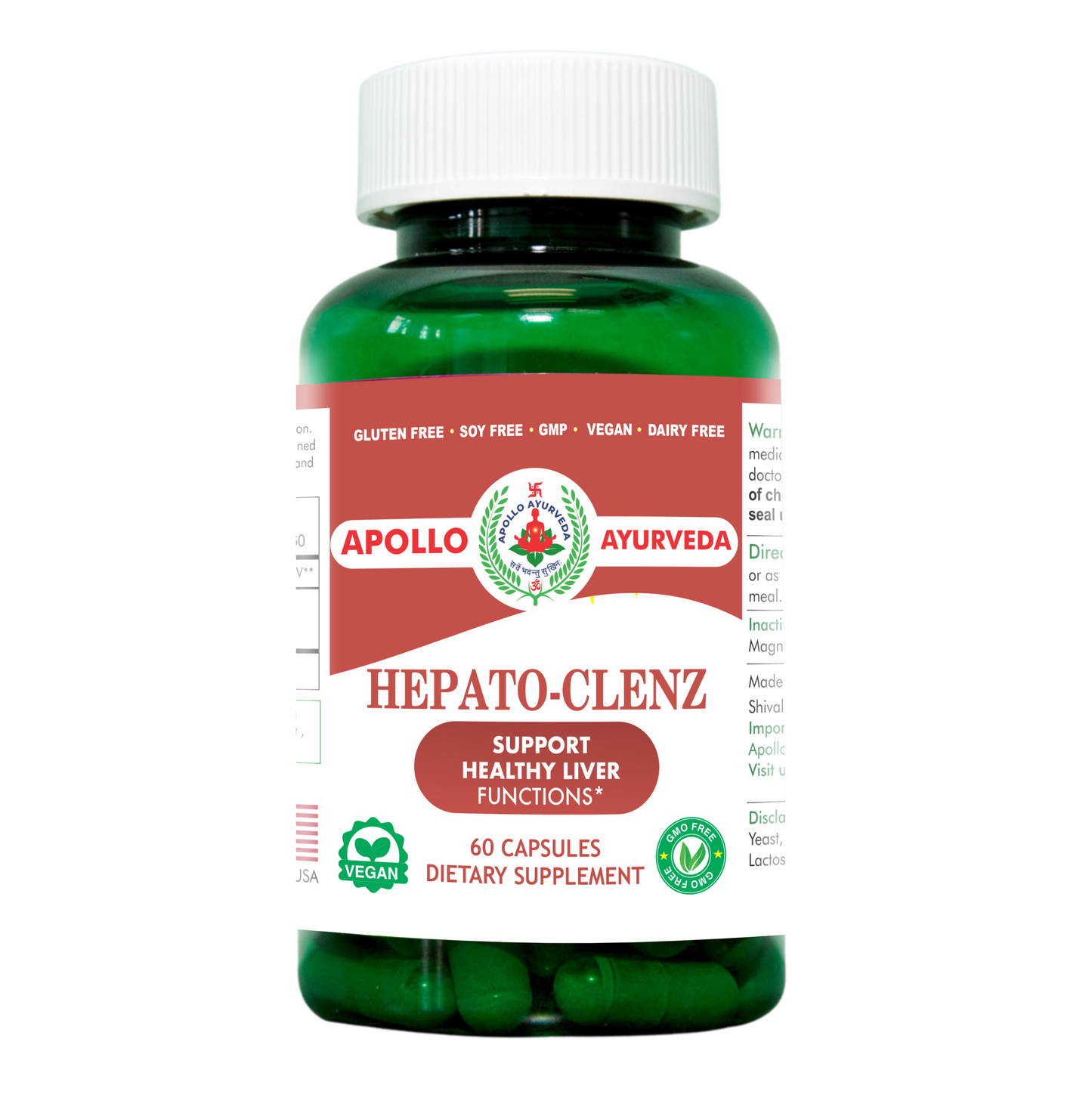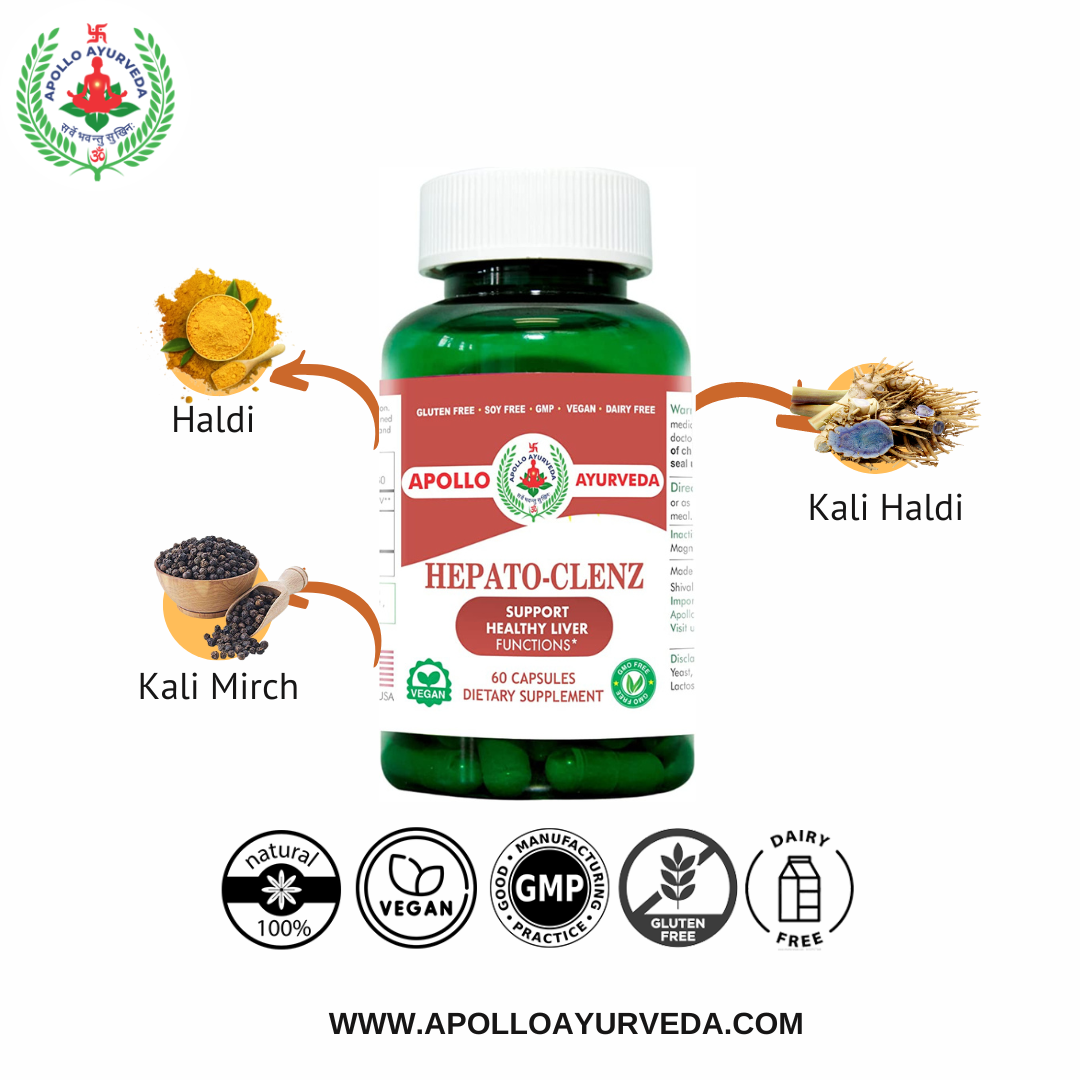KALI HALDI
Share
Curcuma Caesia belongs to the Zingiberaceae family. It is a perennial herb native to Central India and North-East. It has bluish-black rhizomes and is sparsely found in the West Godavari, Papi Hills, located in the East Godavari district, and Khammam District in Andhra Pradesh. The common name for Curcuma Caesia is Black turmeric, Black zedoary, Krishna Haridra, and Krishna Kedar. The rhizomes of Kali Haldi are economically important due to their potential medicinal properties.
The botanical name for Kali Haldi is Curcuma Caesia.
MORE ABOUT KALI HALDI (Curcuma Caesia)
- Dosha of Kali Haldi (Curcuma Caesia)
- Traditional Uses of Kali Haldi (Curcuma Caesia)
- Active Constituents in Kali Haldi (Curcuma Caesia)
- Benefits of Kali Haldi (Curcuma Caesia)
- Scientific research about Kali Haldi (Curcuma Caesia)
- Precautions or Side Effects of Kali Haldi (Curcuma Caesia)
- How anyone can incorporate the Kali Haldi (Curcuma Caesia) into their routine?
Dosha of Kali Haldi (Curcuma Caesia)
Curcuma Caesia is a medicinal plant utilized in Ayurveda. Although its doshic effects are not extensively recorded, its pungent taste and warming nature suggest a potential for balancing Vata and Kapha doshas, while potentially increasing Pitta dosha. Nevertheless, it is advisable to seek personalized guidance from an Ayurvedic practitioner.
Traditional Uses of Kali Haldi (Curcuma Caesia)
- Dried leaves and rhizomes of Curcuma Caesia are used for leprosy, piles, asthma, fertility, impotency, toothache, wounds, cancer, and allergies.
- Fresh rhizome decoction is used for relieving stomach aches and diarrhea. The paste extracted from fresh rhizomes is used to treat snake bites and scorpions.
- To treat snake and insect bites, the dried powder is also mixed with seed powder of Andrographis paniculata.
- The rhizome is used for treating fever, cough, worm infections, and dysentery.
- Fresh rhizomes are used to treat epilepsy, cancer, leprosy, aphrodisiacs and anti-helminthic also used for rheumatic arthritis in past forms.
- Crushed rhizome paste is used to stop bleeding and hasten the healing of cuts or wounds.
Benefits of Kali Haldi (Curcuma Caesia)
Support Liver Functions
In studies using animal models, it was discovered that curcumin inhibited the activation of hepatic stellate cells (HSC) and decreased liver fibrosis. It targets several, inflammatory cytokines, metalloproteinases, growth factors, and other fibrosis-related sites. In clinical trials, it has been found that treating people with minor liver problems using curcumin has helped improve their liver enzymes. To fully comprehend its efficacy, more research is necessary.
Support Overall Wellbeing
Many ways exist for Curcuma Caesia to promote overall well-being. It has antioxidant characteristics and has also been linked to enhancing liver and digesting function. If ingested in tiny amounts, it improves energy and stamina. Overconsumption of turmeric black, which could be harmful to human health.
Antioxidant activity
Curcuma Caesia possesses antioxidant action, it can fight against and eliminate the body’s dangerous free radicals. These free radicals can damage cells and produce oxidative stress, which can result in several health problems. Curcuma Caesia helps defend the body against such harm by having antioxidant capabilities, which also advance overall wellness and health.
Antifungal activity
Black turmeric, also known as Curcuma Caesia, has potent antifungal effects. Bioactive substances like curcuminoids, which are found in its rhizome, prevent the growth of harmful fungi. Studies have demonstrated its potency against dermatophyte fungus and Candida albicans.
Scientific research about Kali Haldi (Curcuma Caesia)
Antioxidant activity
The researchers evaluated the ability of rhizome extracts from C. Caesia to scavenge free radicals by employing DPPH as an indicator. The crude ethyl acetate, methanolic, and aqueous extracts had the maximum scavenging activity (there was a notable decrease of 86.914% at a concentration of 800 g/ml), followed by the ethanol fraction. Ascorbic acid was more active (94.770%). The lowest IC50 (half maximal inhibitory concentration) value 418 g/ml was found in the ethanolic extract, indicating the strongest antioxidant activity.
https://www.ncbi.nlm.nih.gov/pmc/articles/PMC5598318/
Antifungal activity
The extract mixture’s diethyl ether fraction exceeded extracts in antifungal activity against Botrytis cinerea. The inhibitory zone reached 15.4 mm (at dilution of a 10 mg/ml), exceeding the effects of separate extracts. As a result, the extract mixture demonstrates that it is an environmentally friendly and effective antifungal activity.
https://www.phytopharmajournal.com/Vol7_Issue1_12.pdf
Precautions or Side Effects of Kali Haldi (Curcuma Caesia)
- For medical issues or drugs, seek the advice of a specialist.
- Keep allergies in mind and perform patch tests.
- If unpleasant reactions develop, discontinue usage.
- Keep an eye out for interactions with other products.
How anyone can incorporate the Kali Haldi (Curcuma Caesia) into their routine?
Culinary Use
Curcuma Caesia can be used in cooking as a culinary element. To increase flavor and provide a unique color.
Herbal Infusion
Curcuma Caesia can be used to make herbal infusions or teas. Using this process, beneficial chemicals found in the herb can be extracted.
Nutritional Supplements
In the form of pills or capsules, Curcuma Caesia is available as a dietary supplement. Before beginning any dietary supplement, it is critical to contact a healthcare expert.
Topical Application
Curcuma Caesia may be used topically as part of the skincare routine in various cultures. Frequently, the plant is ground into a paste and applied to the skin.








